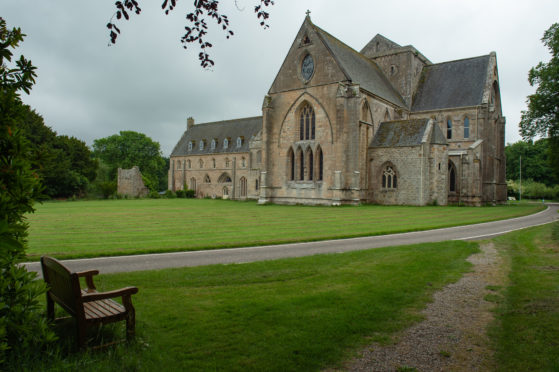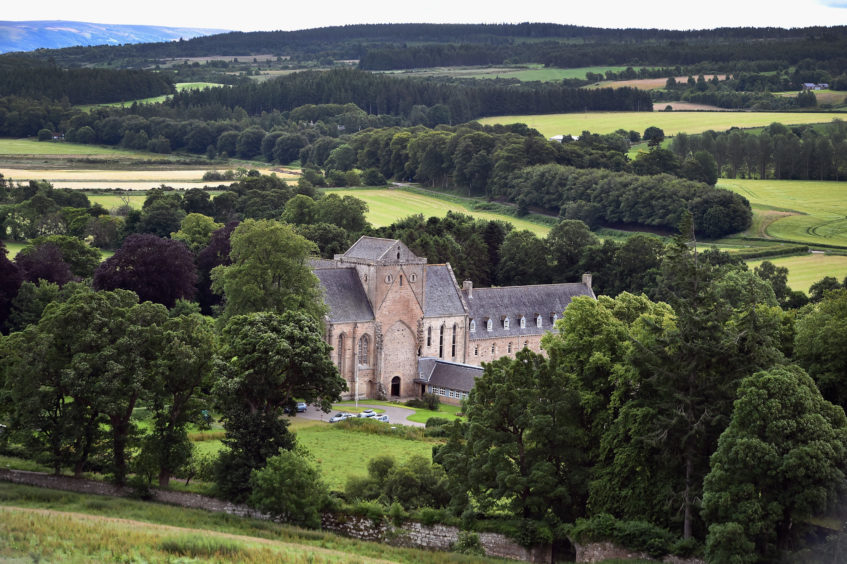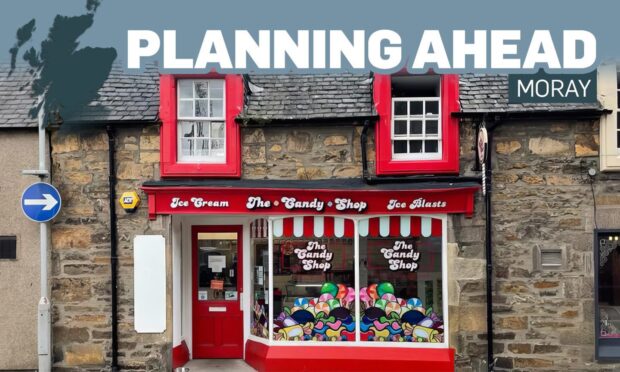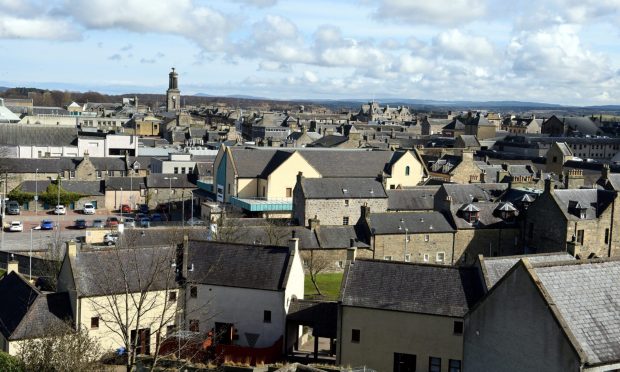Monks in Moray have called for scrutiny of the decision to allow a housing development to be built next to their ancient home saying it could destroy their “peace and tranquil seclusion” and may even breach planning rules.
Permission was last week granted for nine homes to be built just 100 yards from Pluscarden Abbey, near Elgin, which dates from the 13th Century.
There were 100 objections and the monks have raised significant concerns about the impact the development will have on their lives and work.
Tose concerns were yesterday taken up by local MP Douglas Ross, who contacted Moray Council planners due to fears the approval ignores their own planning rules.
A report written in 2018 described the houses already near the monastery as “intrusive”, while recommending future developments to be built further away.
However, Moray Council’s planning committee unanimously approved the plans for Barnhill Farm last week, despite the objections, due to the site lying within a defined settlement boundary.
Monks fear 13th Century Moray abbey’s tranquility will be shattered by housing plans
Monks at Pluscarden submitted a joint letter to planners last year warning the original plans for 12 homes could potentially treble the population living near the abbey.
Yesterday a statement on the monastery’s website explained the community continued to have concerns about how the development could impact on their life of prayer and worship.
In it they add: “Our own objections to the scheme were registered in October 2019, together with what seems the unanimous opposition of other residents of the Pluscarden valley and of very many others.
“Friends of the community will share our surprise at this decision, not least because a July 2018 report specified that no new building should be allowed near the abbey.
“Presuming that the building goes ahead, it can hardly fail to have a negative impact on this place, which is so famous for its sense of peace and tranquil seclusion.”
Moray Council planners recommended the homes for approval while explaining they would not be visible from the abbey due to trees.
Mr Ross, however, said: “Pluscarden Valley was designated as a special landscape area by the council in 2018, and the review document itself describes an existing housing estate near to the abbey as ‘intrusive’.
“There is little point in having special designations in place if they do not offer sufficient protection for areas of local significance from new development.”
A report prepared by Moray Council planners ahead of the decision last week explained the homes complied with relevant policies.
It said: “For the avoidance of doubt, one of the key points within the landscape review was that new housing should be associated with the existing settlement, although not close to the existing intrusive housing estate located close to the abbey, to avoid the cumulative effects of dispersed individual houses, that is indeed what this application proposes.”











